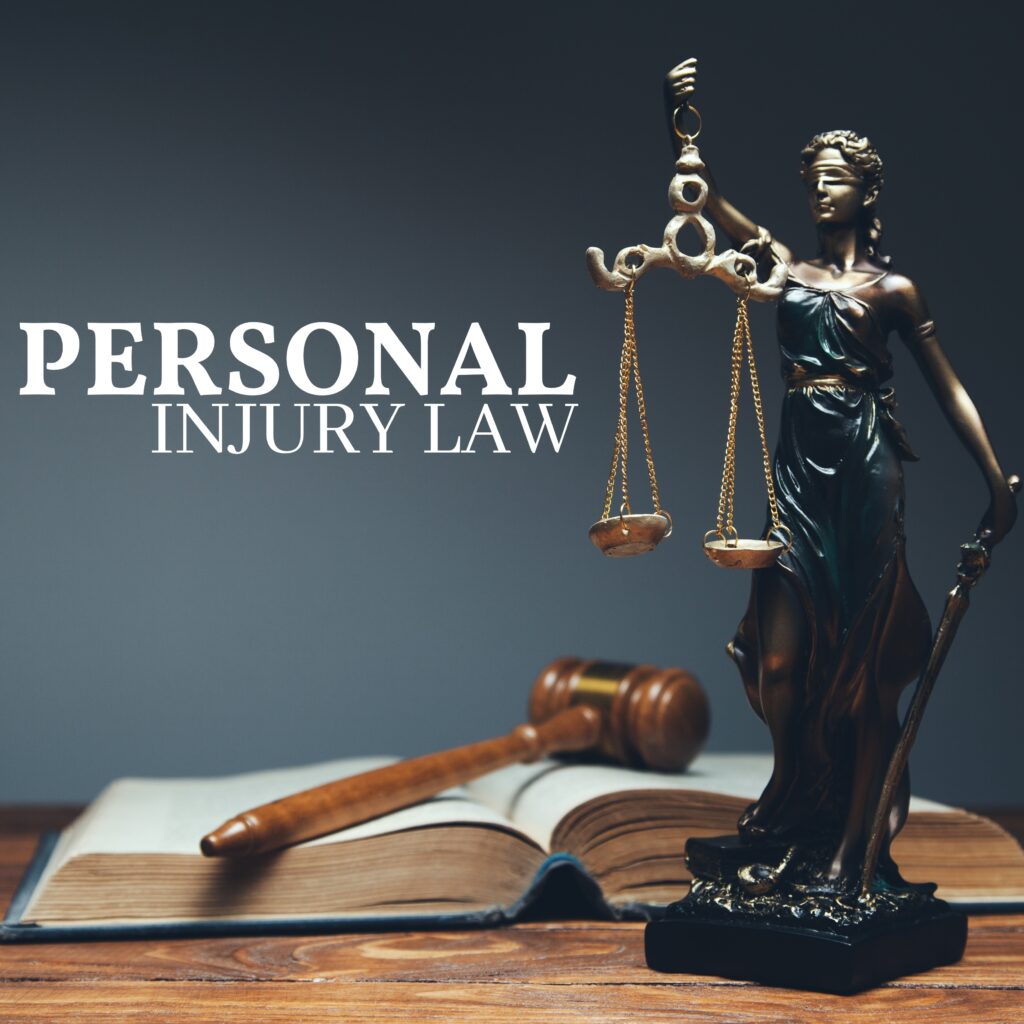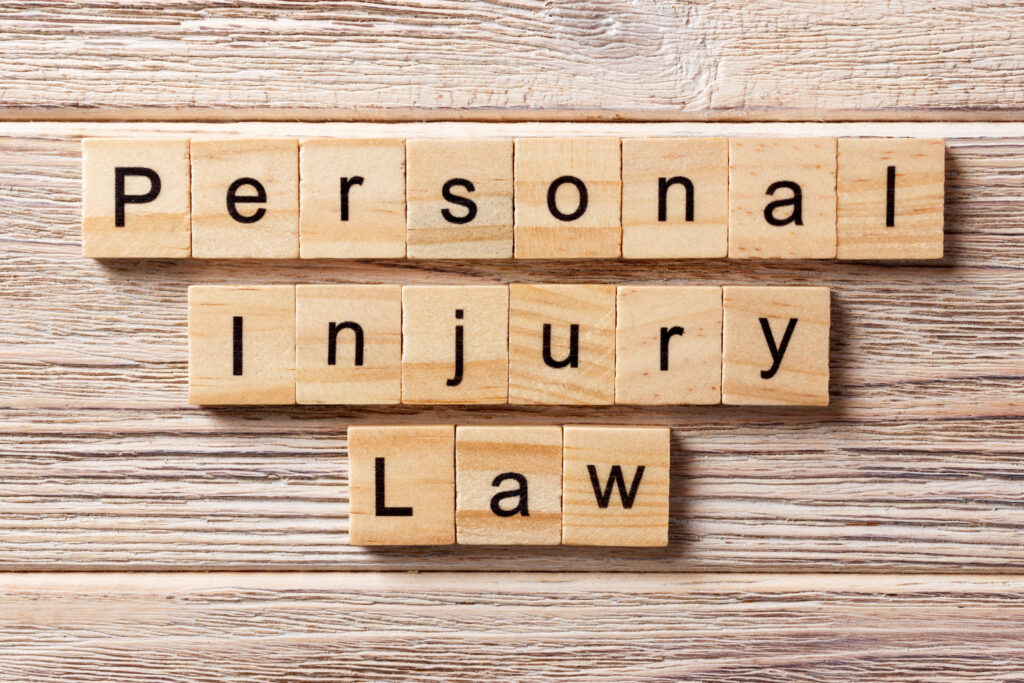In Arizona, a personal injury case becomes serious when the injury itself meets a specific legal standard, rather than based on how the accident happened. A serious injury creates a reasonable risk of death, results in permanent disfigurement, or causes a lasting impairment of a bodily function.
This legal distinction is foundational to all serious injury cases in Arizona because it shapes the entire strategy and the potential compensation for your claim. Successfully managing a claim requires a deep understanding of the law and a strategic approach to securing your future.

Key Takeaways for Serious Injury Cases in Arizona
- Arizona law defines a serious physical injury based on the severity and permanence of the harm, not just the type of accident.
- A claim's valuation includes future medical expenses, lost earning capacity, and non-economic damages like pain and suffering.
- Documenting the full, long-term impact of an injury often requires input from medical and financial professionals.
- A knowledgeable attorney manages every aspect of your claim, allowing you to focus completely on your health and family.
Defining Serious Injuries Under Arizona Law
After a severe accident, many people wonder how the legal system defines the level of harm they have experienced. Arizona law has a specific standard for what it considers a serious physical injury.
This legal definition focuses on the long-term consequences of the injury rather than the circumstances of the incident itself.
Arizona's legal standard includes injuries that cause:
- Risk of Fatality: The injury creates a reasonable risk of death.
- Permanent Disfigurement: The injury results in serious and permanent disfigurement.
- Health Impairment: The injury leads to a serious impairment of the person's health.
- Loss of Function: The injury causes the loss or protracted impairment of the function of any bodily organ or limb.
This classification matters because it formally acknowledges the life-altering nature of a catastrophic injury. It separates these claims from less severe personal injury matters.
Building a case that meets this standard requires detailed medical evidence and a clear demonstration of the injury's permanent impact on your life.
Traumatic Brain Injuries
A traumatic brain injury (TBI) can alter every aspect of a person’s life, affecting cognitive function, memory, personality, and physical abilities. Since the brain controls the entire body, the consequences of a TBI can be widespread and permanent.
Documenting the full extent of a TBI often involves neurologists, neuropsychologists, and life care planners who can map out future needs. These traumatic brain injury claims hinge on showing how the injury impacts your daily functions and earning capacity.
The effects may not always present themselves immediately, sometimes appearing or evolving weeks or months after the incident. For this reason, ongoing medical monitoring and documentation are critical components of these particular serious injury cases in Arizona.
Spinal Cord Damage and Paralysis
Spinal cord injuries (SCIs) frequently result in partial or complete paralysis, such as paraplegia or quadriplegia. These conditions require a lifetime of specialized medical care, adaptive equipment, and home modifications.
When handling spinal cord injury settlements in Arizona, a legal team works with medical experts to create a comprehensive life care plan. This plan details every anticipated cost, from future surgeries and physical therapy to mobility devices and in-home assistance.
Amputations and Loss of Limb
The amputation of a limb is a permanent injury that creates a lifetime of challenges. A person must adapt physically and emotionally to the loss. A claim involving amputation must account for the immediate medical costs and the long-term expenses associated with prosthetics.
Modern prosthetic limbs require periodic replacement, maintenance, and technological upgrades, representing a significant ongoing expense. A successful claim also considers the costs of physical and occupational therapy necessary for you to adapt.
Severe Burns and Disfigurement
Severe burns cause immense physical pain and can leave permanent scars that affect a person's mobility and self-image. These injuries often require extensive medical treatment, including multiple surgeries like skin grafting, and long-term pain management.
In these claims, compensation must cover not only the initial hospitalization but also the projected costs of reconstructive surgeries and psychological support. Burn injuries often lead to significant disfigurement, a component of damages that the law recognizes.
Establishing Liability in Arizona Injury Claims
A successful claim requires more than just demonstrating the severity of your harm; your attorney must prove that another party holds legal responsibility for your injuries. In Arizona, most of these claims are built on the legal principle of negligence.
This requires proving four key elements:
- Duty of Care: The at-fault party had a legal obligation to act with reasonable care to avoid harming others.
- Breach of Duty: The party violated this obligation through a careless action or a failure to act.
- Causation: This specific failure to act with care was the direct and primary cause of your injuries.
- Damages: You incurred actual and quantifiable losses as a result of the harm you sustained.
Successfully proving each of these four points creates the legal foundation for your claim. This methodical process allows your attorney to firmly establish your right to seek full compensation.
How Injury Severity Shapes Your Compensation Strategy
The severity of your injury directly influences every part of your legal strategy in serious injury cases in Arizona. A minor injury case may focus primarily on recovering costs for initial medical bills and a brief period of lost wages.
Catastrophic injury claims involve a much broader and more forward-looking approach to calculating damages.
A case’s complexity grows with the permanence of the injury. Your legal team must establish not just the losses you have already incurred but also project the lifetime of needs that stem from the accident.
Documenting Current and Future Medical Needs
Demonstrating the full scope of your medical needs is a foundational part of any catastrophic injury claim. A successful case provides clear and extensive documentation.
Common forms of documentation include:
- Hospital Records: These detail your initial diagnosis, surgeries, and the treatment you received.
- Physician Reports: Your doctors provide narrative reports on your condition, prognosis, and the medical necessity of ongoing care.
- Specialist Consultations: Evaluations from neurologists, orthopedic surgeons, or plastic surgeons offer expert opinions on the extent of the damage.
- Therapy Logs: Records from physical, occupational, and vocational therapists show your recovery progress and highlight permanent limitations.
Calculating Lost Earning Capacity
A catastrophic injury often diminishes or completely eliminates your ability to earn a living. Compensation for lost income must account for the full scope of this financial loss. This calculation goes beyond simply tallying up missed paychecks from your current job.
Your legal team may partner with a vocational expert and an economist to project your lost earning capacity over the course of your expected work life. They analyze your age, education, work history, and skills to determine what you would have earned had the injury not occurred.
This calculation includes not just salary but also lost benefits, retirement contributions, and potential promotions.
Quantifying Pain and Suffering
The law allows you to seek compensation for the non-economic impact of a severe injury. This category of damages, often called pain and suffering, compensates you for the physical pain, emotional distress, and loss of enjoyment of life you experience.
Placing a monetary value on these personal losses is a delicate and subjective process. An attorney builds a case to illustrate your human losses to an insurance company or a jury. They may use personal journals, photographs, and testimony from you, your family, and your friends.
The goal is to paint a clear picture of how the injury has altered your daily life, your relationships, and your ability to engage in activities you once loved.
How a Lawyer Helps With Your Serious Injury Claim
After a catastrophic accident, an experienced attorney provides critical support and guidance. They manage the complex legal work so you can concentrate on what matters most: your health and your family. An attorney works to protect your rights and build a strong foundation for your claim.
A lawyer’s assistance includes:
- Case Investigation: Your legal team conducts a thorough investigation into the incident to establish a clear picture of what happened and who was at fault.
- Preserving Evidence: They act quickly to preserve key evidence, such as accident scene photos, witness statements, and physical objects. Your lawyer also has legal tools to obtain digital data or video surveillance.
- Communication Management: An attorney handles all communication with insurance companies, preventing you from making statements that an adjuster could use against you.
- Deadline Management: They track and meet all legal deadlines, including the statute of limitations, to protect your right to pursue compensation.
- Claim Valuation: Your lawyer coordinates with medical and financial professionals to calculate the full and fair value of your claim, including all future damages.
- Negotiation/Litigation: Your legal team will negotiate with the at-fault party's insurance company to reach a fair settlement that covers your damages. If a fair settlement cannot be reached through negotiation, your legal team can file a lawsuit and represent you in court.

FAQ for Serious Injury Cases in Arizona
What Defines a Catastrophic Injury in Arizona?
Arizona law formally defines a serious physical injury as one that causes a reasonable risk of death, serious and permanent disfigurement, serious health impairment, or the loss or protracted impairment of an organ or limb.
While catastrophic injury is a more common term, it generally refers to injuries that meet this high legal standard and have a life-altering, permanent impact on the victim's life.
How Does a Lawyer Prove the Full Extent of Future Damages in a Serious Injury Case?
Proving future damages requires a collaborative effort between your legal team and various outside professionals. Your lawyer may hire medical experts, like life care planners, to create a detailed report outlining your anticipated medical needs and their costs for the rest of your life.
Economists and vocational rehabilitation experts can provide testimony and reports projecting your total lost earning capacity over your lifetime.
What Is the Time Limit for Filing a Claim in Arizona?
For most personal injury claims in Arizona, the statute of limitations allows you two years from the date of the injury to file a lawsuit. There is a significant exception for claims against government entities or employees, which requires you to file a formal Notice of Claim within just 180 days of the incident and then file a lawsuit within one year.
Missing these deadlines can permanently bar you from seeking compensation.
Can I Still Pursue a Claim if I Was Partially at Fault?
Arizona follows a pure comparative negligence rule, which means you can recover damages even if you were partially at fault for the accident. The amount of compensation you receive is simply reduced by your percentage of fault.
For example, if you sustained $500,000 in damages but a jury finds you were 5% at fault, your final award would be reduced by 5% to $475,000.
Why Are Expert Witnesses Helpful in Serious Injury Cases in Arizona?
Expert witnesses are helpful in serious injury cases in Arizona because they provide objective, credible testimony to explain complex issues to insurance companies and juries. Medical experts clarify the severity and permanence of your injuries, while accident reconstructionists can explain how an incident occurred.
Financial experts, such as economists and vocational specialists, translate your losses into a clear monetary figure, justifying the amount of compensation you seek.
Building Your Future
Rebuilding after a catastrophic injury is a journey that requires immense strength and extensive resources. Legal action helps you achieve financial stability, access medical care, and secure your family's future.
At Gallagher & Kennedy, we help clients navigate complex and serious injury cases in Arizona. If you have questions about your rights and options, we’re here to provide clear answers. Contact us at (602) 530-8400 to discuss your case for free.